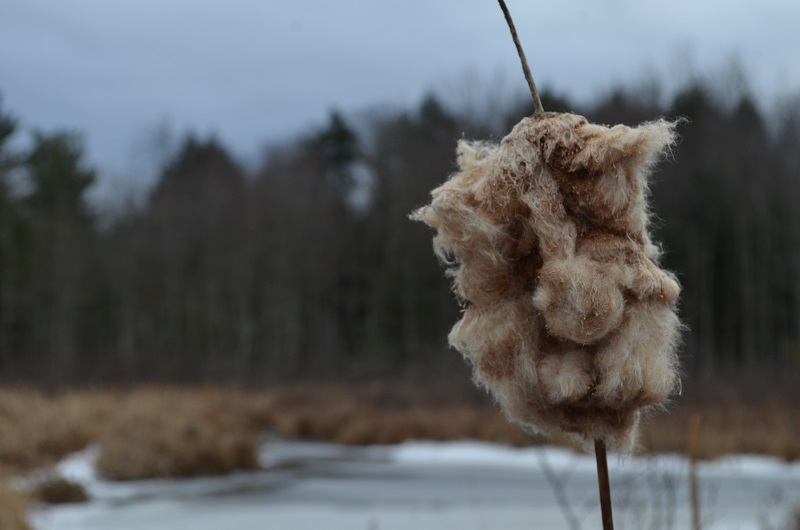
Finding faces in nature | In search of Hermae
In college, a couple of my friends introduced me to Hermae, a particular type of sculpture found throughout ancient Greece. A human head – often Hermes or some famous Hellene like Heracles), was carved atop a square pedestal, and the pedestal was often adorned with male genitalia. The statues were erected (pun intended) on roads, outside houses, in public spaces, and pretty much everywhere that evil spirits might lurk. It was not uncommon that vandals would knock of the heads (south, not north). In one particularly devilish act of impiety, all of the hermae in Athens were vandalized (link). Alcibiades was blamed for the busy night, and most of the Hermae were ultimately taken down. I was fortunate to see several examples in museums while studying in Greece. The charisma of these strange sculptures has since held a special place of fascination in my heart.
So it was with great delight that a few years ago I was in a marsh in Centennial Woods when I noticed a rather gnomish face staring at me. I paused, considered the curious gaze, and was about to carry on when I noticed another set of eyes that seemed to be casting aspersions at me. A long and ridiculous moment passed where I saw these faces as Hermae, protectors of the mash, sizing me up, deciding whether or not to cast me out of the marsh (perhaps with a soggy boot). I quickly made peace with the guards and went on my way.
I came back awhile later and made my offerings to the Hermae before asking to take their photos. They reluctantly obliged. And since I hope to have been on their right side. I’ve collected many portraits over the years (shown below).
Finding faces in nature | In search of Hermae
Cattails (in Vermont we have Typha latifolia and the possibly non-native, T. angustifolia) are obligate wetlands species. Cattail Marsh natural communities are common throughout the state in small (<100 sq ft) to large (covering many many acres) patches. They’re also common in many not so natural communities like drainage ditches and retention ponds. Cattails spread vegetatively through horizontal stems (called rhizomes), and a marsh is usually made of clumps of cattail clones.
Flowers emerge in the late spring (May/June). Inflorescences are racemes, and, as with corn, the lower half is female (pistillate), the upper half male (staminate). To avoid self-pollination (or pollinating a neighboring clone), female flowers open before the male flowers. A single flower stalk can produce a whopping 222,000 fruits (tiny, hairy nutlets), 95% of which are viable (link)!! It’s no wonder they’ve become invasive in so many other countries.
In the winter, repeated patterns of dry-then-humid air begin to crack open the thin hot dog-like fruit-bearing structures. The smooth, clean, dark brown stalks begin a slow process of bursting open in bulbous patches, turning the hot dog to a blotchy tan colored spongy mess. As dry winter air pulls apart the hot dog, wind pulls individual fruits from the stalk. The seeds in the video above were traveling at least 200m on 10mph winds (and probably drifting farther across the crusty snow). Rain and snow, however, can mat the fruits together before the wind can pull them away. It’s these late winter bulbous explosions of fruit that have so much personality.










